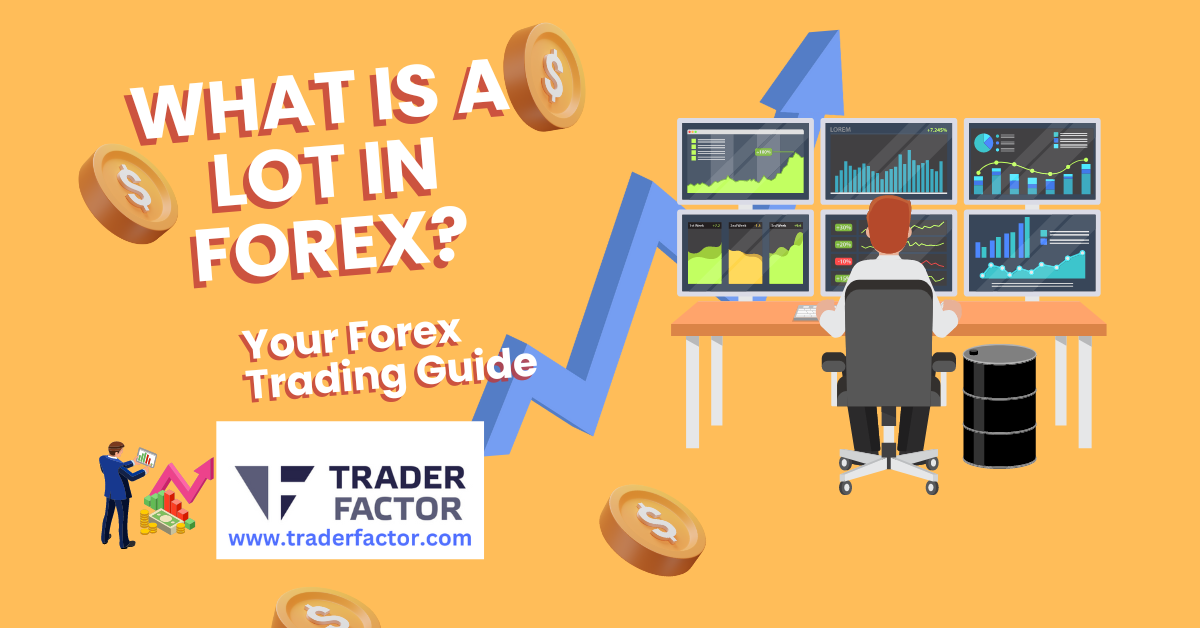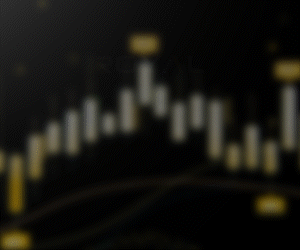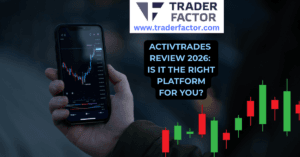Trading in Forex can be a daunting task, especially if you are just starting out. Are you new to forex trading and feeling overwhelmed by all the jargon involved?
Many traders have difficulty understanding the idea of lot size in Forex trading.
A lot is one of the key concepts that every beginner needs to understand in order to be successful in their trading journey.
In this blog post, we’ll explore what exactly a lot means in the context of forex trading, why it’s important for traders, and how it affects individual transactions.
Read on for an easy-to-follow explanation about lots, lot sizes, and how to calculate them!
Table of Contents
ToggleWhat Is A Lot In Forex Trading?
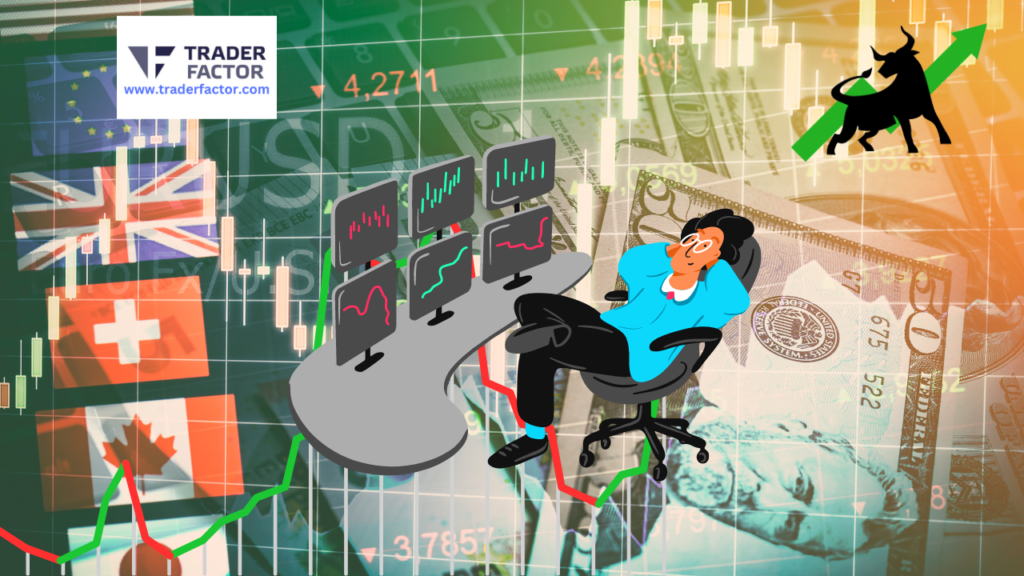
Forex trading, also known as foreign exchange trading, is a process of exchanging different currencies from around the world with each other. A lot is a fixed amount of units used for measuring the size of your trade positions.
It helps to set your risk levels and define how much profit (or loss) you will make on each trade you take.

In general terms, it can be thought of as an analogous measurement to how barrels refer to oil purchases and bushels are used for grain harnessing. Lots come in various sizes, such as mini lots, micro lots, and nano lots.
The size of which a trader should use largely depends on experience level and strategy being employed.
Understanding the concept and different sizes available when entering forex markets is important for achieving success in this industry.
Is Forex Trading Profitable?
Forex Lot Sizes
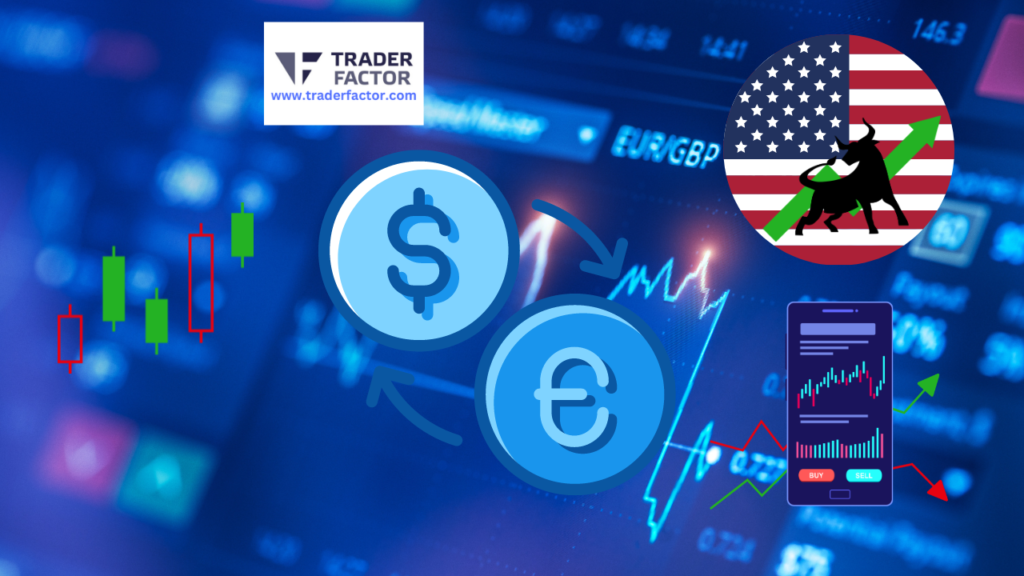
Forex trading lot sizes can be a confusing concept for even the most experienced currency traders. It’s important to understand how forex lot sizes affect your risk, as well as your return on investment.
When deciding which size of a lot to trade, it’s important to take into account the amount of leverage being used, as well as the country you are trading with.
Knowing this information can help you make an informed decision about whether you want to enter a market with a small or large lot size.
Forex lots work by allowing traders to buy and sell lesser amounts of money than would usually be possible.
This works in favor of cautious traders or those who are new to foreign exchange, as they can enter smaller positions with less risk involved while still benefiting from larger gains over time.

What Is A Standard Lot In Forex?
A standard size lot in forex is the equivalent of 100,000 units of the base currency in a forex trade. For example, if you are trading the EUR/USD currency pair, a standard lot would represent 100,000 Euros.
The value of a standard lot can vary depending on the exchange rate of the currency pair you are trading and the size of your trade. To calculate the value of a standard lot, you can use a pip value calculator.
It takes into account the size of your trade, the exchange rate of the currency pair, and the size of the pip.
And because it consists of huge units, it makes becomes too large for most small investors to deal with effectively. As an alternative, many traders use mini, micro, and nano lot sizes.
However, one should be aware that each decrease in lot size comes with an increase in spread and pip cost.

What Is A Mini Lot In Forex?
A mini lot in forex trading is an alternative to a standard lot. This type of lot size allows traders to enter trades with smaller amounts of capital, making trading more accessible to those working with a tight budget.
A mini lot is made up of 10,000 units compared to the 100,000 units found in a standard size.
Leverage is reduced when using mini lots allowing smaller profits to be taken without risking large portions of their capital due to the lower number of units being traded.
Mini lots allow beginning forex traders to practice their strategy with a smaller quantity of money and become comfortable before committing to larger investments.

What Is A Micro Lot In Forex?
A micro lot in Forex is a term used to describe one percentage of the standard lot size in currency trading. Hence, a mico-lot consists of 1,000 units of the base currency.
This makes trading more accessible for individual traders who can open smaller positions in order to manage their risk better.
By using these smaller sizes than a mini lot, traders can gain valuable experience by trading with less capital while still remaining active in the marketplace.
What’s more, many brokers offer leverage on even these small sizes making them ideal for those wishing to trade with minimum risk and maximize returns.

What Is A Nano Lot In Forex?
A nano lot is the smallest possible trade size in forex and usually refers to 100 units of a base currency. A nano lot allows traders of small financial means to use leverage more efficiently than with more standard lots.
However, since it represents an investment of just $0.01 per pip-move, a nano lot requires very tight risk management to ensure that even small adverse moves can be properly managed.
| LOT | NUMBER OF UNITS | PIP VALUE: EUR/USD |
| Standard | 100,000 | $10 |
| Mini | 10,000 | $1 |
| Micro | 1,000 | $0.1 |
| Nano | 100 | $0.01 |
How Do You Calculate Lot Sizes?
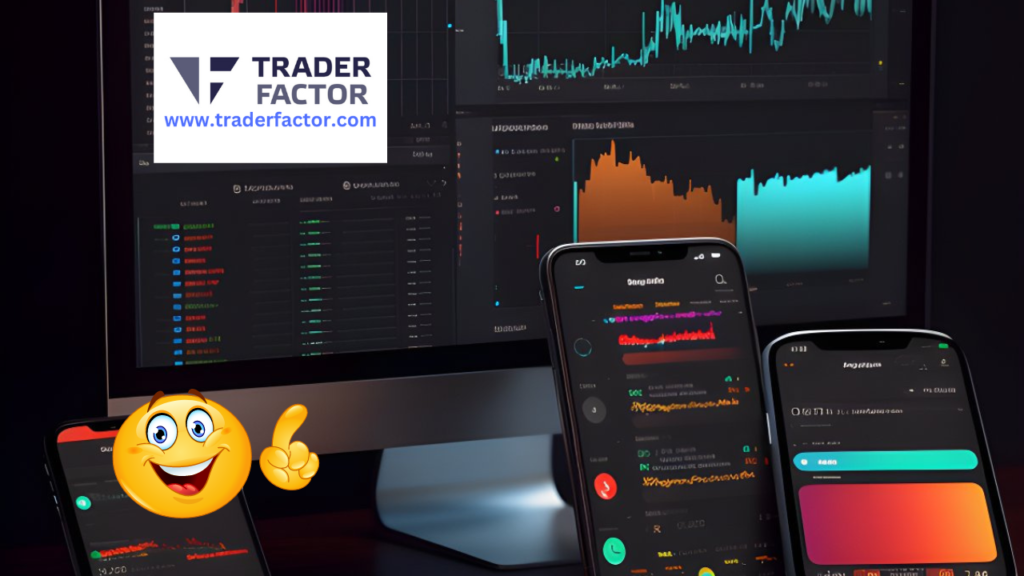
Lot sizes are used to determine the size of a trade to be executed in the forex market, and there are multiple ways to calculate lot sizes.
Here is an example;
| Let’s say you want to trade 1 standard lot of the EUR/USD currency pair, and your broker offers leverage of 1:100.A standard lot is usually equal to 100,000 units of the base currency, in this case, the EUR. The leverage ratio of 1:100 means that for every $1 of your own capital, you can trade $100 worth of the currency pair. Let’s assume the current exchange rate of EUR/USD is 1.20. This means that 1 EUR is worth 1.20 USD. To calculate the size of the trade in terms of the base currency, you need to multiply the trade size (1 standard lot) by the exchange rate (1.20):1 standard lot * 100,000 units/lot * 1.20 USD/EUR = 120,000 USDThis means that the size of the trade in terms of the base currency is 120,000 USD. |

It’s important to note that the size of a lot can vary depending on the broker and the trading platform, and it’s always a good idea to check with your broker to confirm the exact size of a lot before placing a trade.
Utilizing leverage also plays an important role in this calculation as it gives traders access to larger trade volumes with smaller capital.
Ultimately, it’s important for traders to employ sound money management strategies and properly observe risk when deciding their lot sizes to increase their chances of success in forex markets.
What Is Leverage?
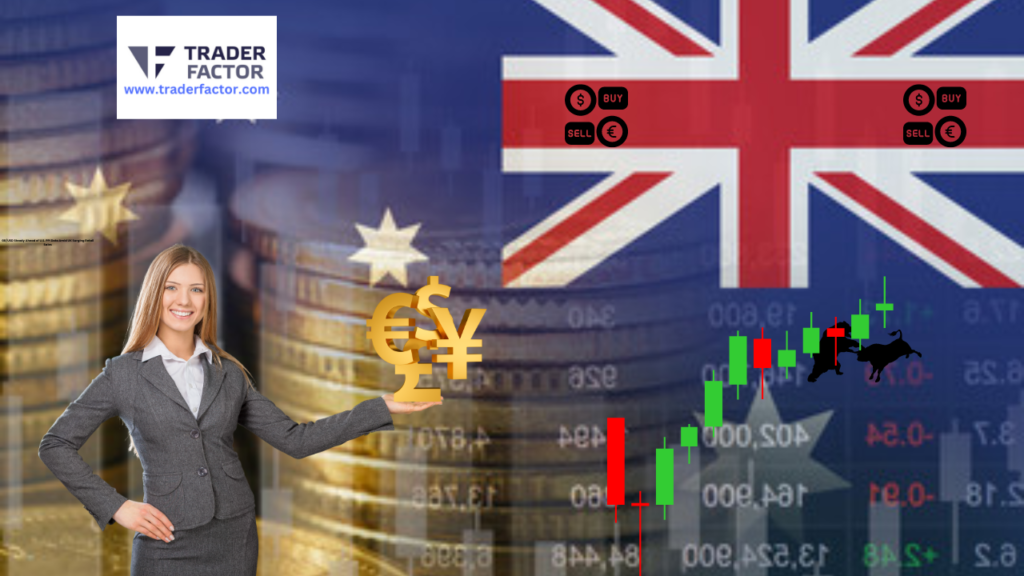
Leverage is a tool that traders use to increase their buying power and magnify the returns from their investments. Essentially, leverage allows traders to access larger amounts of capital with a smaller amount of investment (Good faith deposit).
Leverage can be provided by a broker to a trader, allowing the trader to hold a position size that is larger than the account balance.
For example,
| If a trader has an account cash balance of $10,000 and a leverage ratio of 1:100, they can hold a position worth up to $1,000,000. In this case, the trader is using $10,000 of their own capital and borrowing $990,000 from the broker. |

Leverage can significantly increase the potential return on investment, but it also increases the risk.
If the trade goes against the trader, the losses can be greater than the initial investment, potentially leading to a margin call, where the broker requires the trader to deposit additional funds to cover the losses.
How Do You Calculate Profit And Loss In Forex Trading?
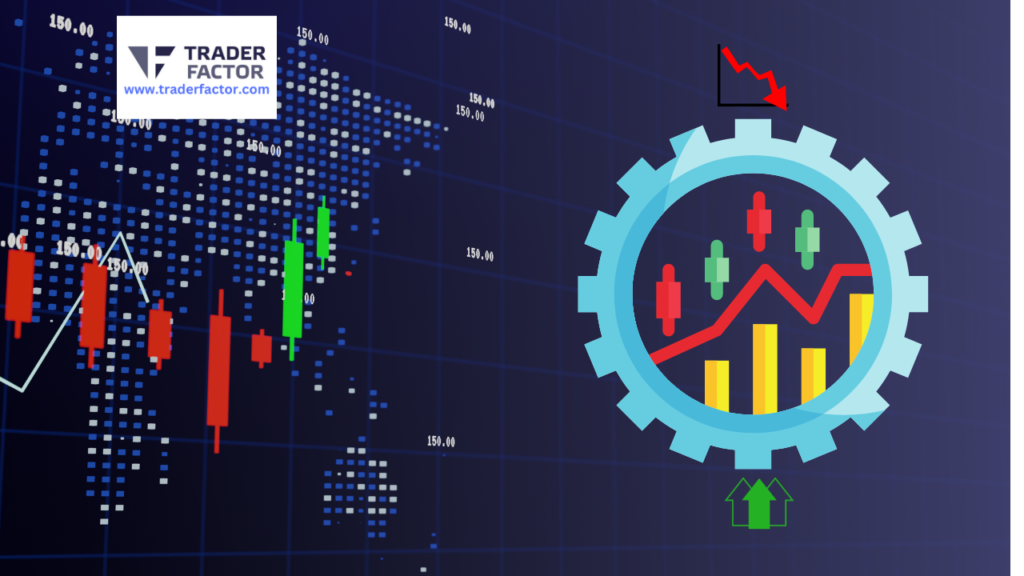
To calculate profit and loss in the forex market, you need to know the following information:
| The size of the trade | This is the number of units of the base currency in the currency pair that you are trading. |
| The exchange rate at the time of the trade | This is the value of the base currency in terms of the quote currency. |
| The exchange rate at the time of the sale | This is the value of the base currency in terms of the quote currency at the time you closed the trade. |

Here is an example;
| Let’s say you bought 1 standard lot (100,000 units) of the EUR/USD currency pair at an exchange rate of 1.20. The size of the trade is 100,000 units, and the exchange rate is 1.20.After holding the position for some time, you decide to sell the position at an exchange rate of 1.25.To calculate the profit/ loss, you need to subtract the purchase price from the sale price and multiply the result by the size of the trade:(1.25 – 1.20) * 100,000 units = 5,000 units * 1.20 = $6,000 profitIn this example, the profit is $6,000. If the sale price had been lower than the purchase price, the result would have been a loss. |
It’s important to note that the profit or loss is always calculated in the quote currency, in this case, the USD.
You can then use the exchange rate to convert the profit or loss to your account currency if needed.
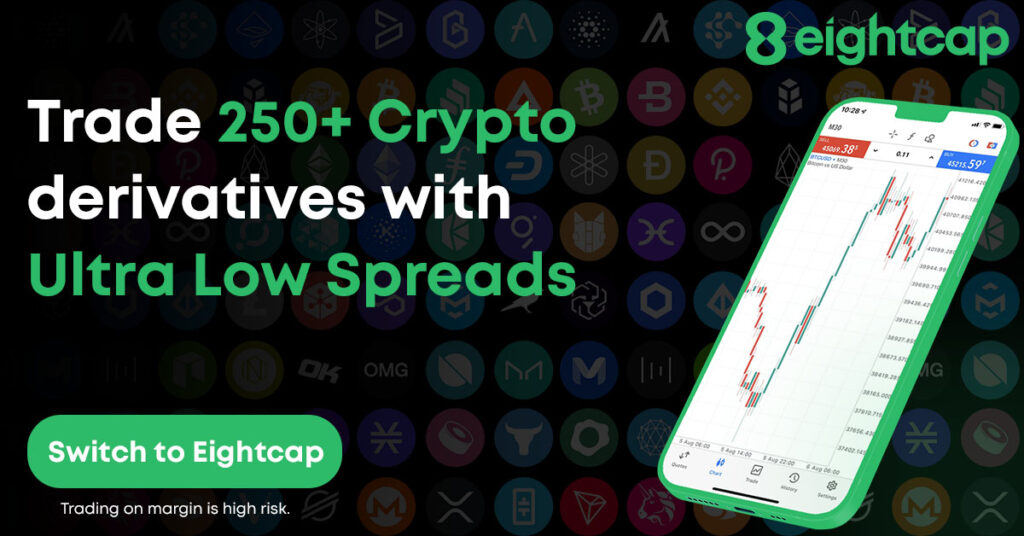
Important Things To Keep In Mind About Forex Trading
It’s important to note that the profit or loss is always calculated in the quote currency, in this case, the USD.
You can then use the exchange rate to convert the profit or loss to your account currency if needed.
To trade forex, you need to know the size of lots that forex brokers offer. You will come across different lot sizes in your trading career, and knowing how much money you need to invest and the pip value in each lot size is crucial to your success in currency trading.
Its important to note that multiple factors may impact execution speed, including but not limited; market conditions, platform type, network connectivity, trading strategies, and account type.
Usually, big international corporations use these markets to hedge against future exchange rate fluctuations, but speculators take part in these markets as well.
The futures market. Similarly, traders can opt for a standardized contract to buy or sell a predetermined amount of a currency at a specific exchange rate at a date in the future.
Forex Lot In Summary

In summary, a forex lot is the minimum amount of currency that can be traded on the foreign exchange market.
Depending on your broker and their trading requirements, you may be able to trade fractional lots, which would allow you to trade less than the minimum required amount.
The size of a lot can affect the risk and potential profit or loss of trade, as well as the margin requirements and the cost of commissions.
It’s important for traders to carefully consider the size of their trades and choose a lot size that is appropriate for their risk tolerance and trading goals.
Finally, even the best trading strategy will fail you if you don’t have a clear idea of the lot size you should be using.

Frequently Asked Questions About Forex Trading
What is A Micro-Mini Lot?
Micro Lots – 1,000 Currency Units Micro lots are one of the smallest tradable lot sizes in the forex market. They provide a safe platform for beginner traders to get a good value for money and taste of the industry with a low initial investment, whilst keeping the risk to a minimum.
A Micro lot is equal to 1% of standard lot (100,000 x 0.01 = 1.000 units).
What is Forex?
Forex trading is the buying and selling of global currencies. It’s how individuals, businesses, central banks and governments pay for goods and services in other economies. However, the vast majority of forex trades aren’t for practical purposes.
Speculative FX traders seek to profit from fluctuations in the exchange rates between currencies, speculating on whether one will go up or down in value compared to another.

What Is A Lot In Forex Trading?
Lots in forex trading are units that measure the trade size and refer to how many units of the base currency versus the other you will buy or sell.
Each lot size requires a different minimum investment in order to open a forex trade and has a different value of one pip movement .
How Much is One Lot in Forex?
It depends on whether you’re trading a standard, mini, micro, or nano lot. Forex trades are divided into these four standardised units of measurement to help account for small changes in the value of a currency.
The following examples all relate to the currency pair EURUSD, which compares the euro (the base currency) against the dollar (the quote currency).

How Forex Trades Are Quoted?
All forex trading is expressed as a combination of the two currencies being exchanged. The following seven currency pairs —what are known as the majors—account for about 75% of trading in the forex market: EUR/USD USD/JPY GBP/USD AUD/USD USD/CAD USD/CHF NZD/USD.
Each currency pair represents the current exchange rate for the two currencies. Here’s how to interpret that information, using EUR/USD—or the euro-to-dollar exchange rate—as an example:

Are Forex Markets Regulated?
Forex trade regulation depends on the jurisdiction. Countries like the United States have sophisticated infrastructure and markets to conduct forex trades.
Hence, forex trades are tightly regulated there by the National Futures Association (NFA) and the Commodity Futures Trading Commission (CFTC).
However, due to the heavy use of leverage in forex trades, developing countries like India and China have restrictions on the firms and capital to be used in forex trading.
Forex for Speculation Factors like interest rates , trade flows, tourism, economic strength, and geopolitical risk affect the supply and demand for currencies, creating daily volatility in the forex markets.

What is A Currency Pair In Forex?
Forex traders buy and sell currency pairs to try and take advantage of this volatility and earn a return. For instance, if the pound is rising against the dollar, you might buy GBP/USD.
When you buy this pair, you’re buying pound sterling (GBP) by selling the US dollar (USD). Then, if the pound continues to outpace the dollar, you can sell.
The forward and futures markets are primarily used by forex traders who want to speculate or hedge against future price changes in a currency.

Ready to Start Trading?
Open an account in minutes Create account Try demo account Corporate account Already have a live trading account? It’s easy to fund your account using one of the following payment methods.
Platforms Engineered for speed Forex prices can move quickly, especially during volatile market conditions.
Forex Lot In Summary
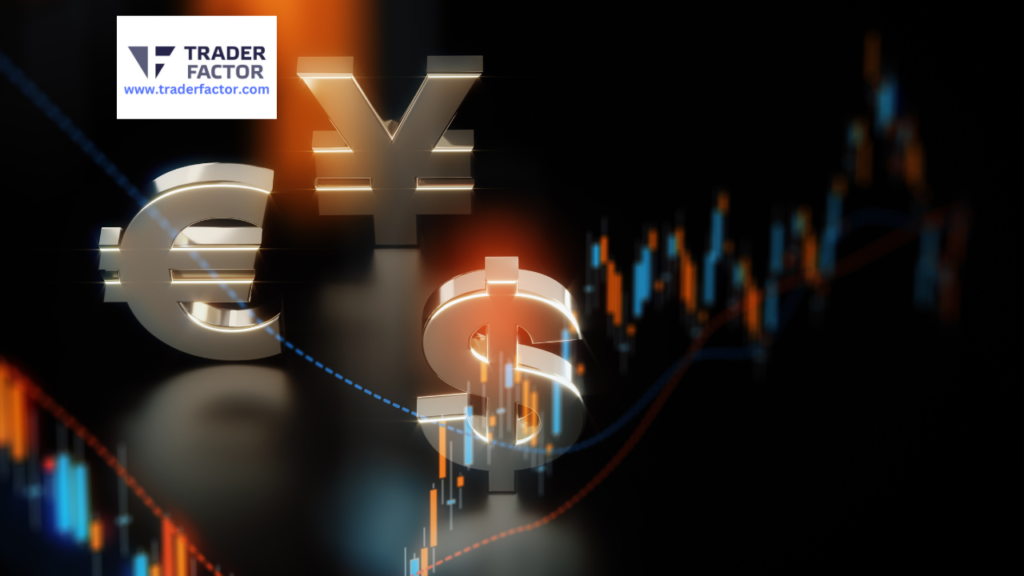
In summary, a forex lot is the minimum amount of currency that can be traded on the foreign exchange market.
Depending on your broker and their trading requirements, you may be able to trade fractional lots, which would allow you to trade less than the minimum required amount.
The size of a lot can affect the risk and potential profit or loss of trade, as well as the margin requirements and the cost of commissions.
It’s important for traders to carefully consider the size of their trades and choose a lot size that is appropriate for their risk tolerance and trading goals.
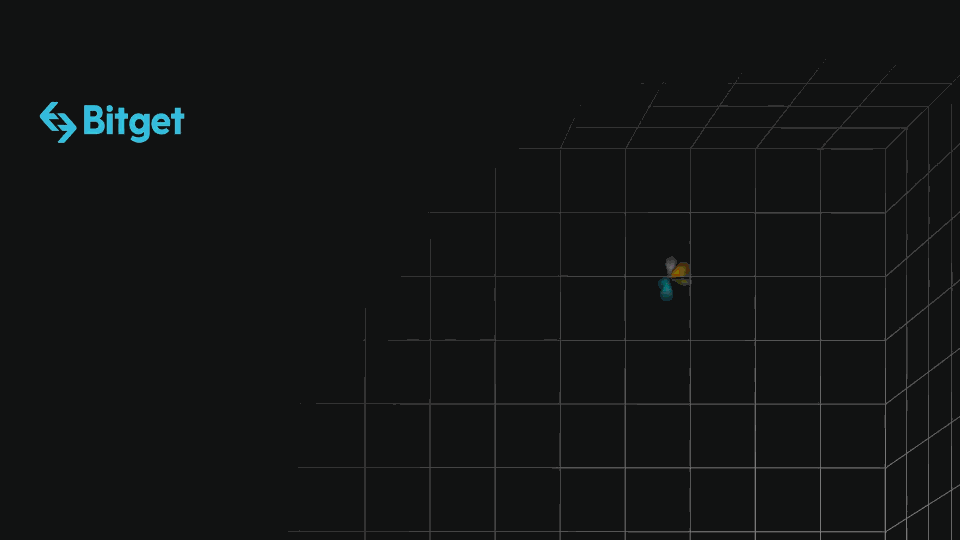
CTA
Now that you know what a forex lot is and how it works, you’re ready to start trading currencies! For more information about forex trading or anything else related to the foreign exchange market, be sure to check out our other articles.
- Beginners Guides and Tips For Forex Trading
- Read A Beginners Guide To Forex Trading
- Mistakes Most Beginner Forex Traders Make and How To Avoid Them
- A 2023 Beginners Guide To Buying And Selling Currencies
- Can You Make Money Trading Forex In 2022 and 2023: Here Are The Facts
Watch Popular Forex Trading Terms You Must To Know For 2023 -Traderfactor
Disclaimer:
All information has been prepared by TraderFactor or partners. The information does not contain a record of TraderFactor or partner’s prices or an offer of or solicitation for a transaction in any financial instrument. No representation or warranty is given as to the accuracy or completeness of this information. Any material provided does not have regard to the specific investment objective and financial situation of any person who may read it. Past performance is not a reliable indicator of future performance.

